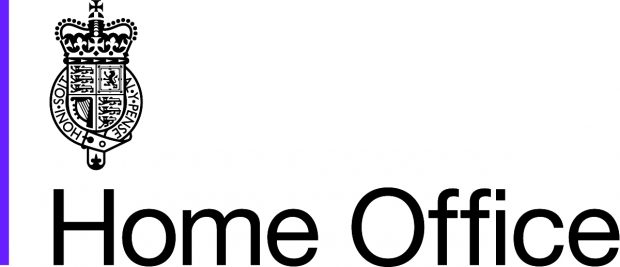Detention is an important part of the immigration system – but it must be fair, dignified and protect the most vulnerable.
When someone has no right to remain in the UK they should return to their home country, and we offer practical support and advice to individuals who wish to leave voluntarily: https://www.gov.uk/return-home-voluntarily
The Home Office is committed to using alternatives to immigration detention wherever possible, including community engagement by Immigration Enforcement teams. When an individual refuses to leave voluntarily, then we will seek to enforce their return.
Decisions to detain are made on a case-by-case basis, in each case, there must be a realistic prospect of removal within a reasonable timescale. Those detained can apply to the courts at any time for bail from detention.
The physical conditions of all immigration removal centres (IRCs) are closely monitored and our commercial suppliers undertake regular maintenance work when required.
Independent scrutiny is a vital part of assurance that our detention facilities are safe, secure and humane. Robust statutory oversight of our detention facilities is provided by HM Chief Inspector of Prisons and the Independent Monitoring Boards, to ensure that detainees are treated with proper standards of care and decency.
Detention Time Limit
The main rationale put forward in support of a time limit is that, in the absence of one, individuals are detained indefinitely. This is simply not the case. The law does not permit indefinite detention.
The Government is committed to using immigration detention sparingly and only when necessary. In order for the detention of an individual to be lawful, there must be a realistic prospect of their removal within a reasonable timescale. We are held to account on this by the courts, and by a series of safeguards that ensure proper scrutiny of decisions to detain, and on-going detention.
A time limit is not only unnecessary, but it would also severely limit the Government’s ability to use detention as an effective means of maintaining lawful immigration control. Any time limit would encourage those who seek to frustrate the removal process to run down the clock until the time limit is reached and release is guaranteed, regardless of the proximity of removal and the facts of the case.
Key Facts and Figures
95% of individuals with no leave to remain in the UK are managed within the community rather than detained.
Most people detained under immigration powers spend only short periods in detention.
In the year ending December 2019, 74 per cent of individuals left detention within 28 days and, of these, 39 per cent were detained for 7 days or less. There were also fewer than half the number of individuals detained than in September 2017.
The immigration removal estate is currently almost 40% smaller than it was five years ago, and of significantly higher quality. We are detaining fewer people; have closed IRCs that were no longer fit for purpose; and have reduced occupancy levels in the other IRCs to ensure better staffing ratios.
For more information on immigration detention and the response to coronavirus, please see previous factsheet here:
Factsheet: Immigration detention and the response to coronavirus
